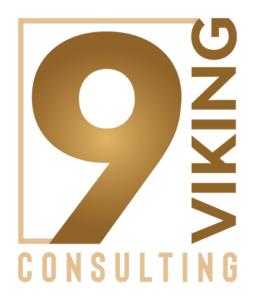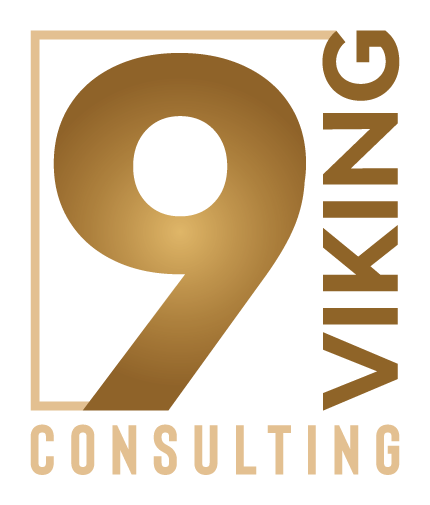What’s Important in Logo Design and Branding
A logo is the visual cornerstone of a brand, while branding encompasses the holistic strategy that shapes how audiences perceive an organization. Together, they form the foundation of a company’s identity, influencing recognition, trust, and emotional connection. Here’s a breakdown of the key considerations for each:
Core Elements of Effective Logo Design
-
Simplicity and Memorability
A logo must communicate a brand’s essence instantly. Overly complex designs risk losing clarity, especially in small formats like app icons or social media avatars. Simple logos, such as Apple’s apple symbol, ensure immediate recognition and adaptability across mediums157. -
Versatility Across Media
A logo should maintain its integrity whether printed on a business card, displayed on a billboard, or rendered in monochrome. Vector-based designs and scalable elements prevent distortion and ensure consistency125. -
Typography and Color Psychology
-
Typography conveys personality: serif fonts suggest tradition (e.g., banks), while sans-serif fonts imply modernity (e.g., tech startups). Custom typefaces can enhance uniqueness but must prioritize legibility167.
-
Colors evoke emotions: blue instills trust (common in finance), while vibrant hues like red or yellow signal energy (e.g., food brands)146.
-
-
Alignment with Brand Values
A logo must reflect the brand’s mission and audience expectations. For example, eco-friendly brands often incorporate green tones or natural motifs, while luxury brands use minimalist, elegant designs138.
The Role of Branding Beyond the Logo
-
Consistency Across Touchpoints
Branding ensures uniformity in messaging, tone, and visuals across all platforms—websites, packaging, ads, and customer service. This consistency builds trust and reinforces identity348. -
Emotional Connection
Effective branding taps into audience emotions through storytelling and shared values. For instance, Coca-Cola’s branding emphasizes happiness and nostalgia, making its logo a symbol of positive experiences134. -
User Research and Adaptability
Understanding the target audience’s needs and preferences is critical. Brands must evolve with cultural shifts—like rebranding to embrace sustainability—while retaining core elements that customers recognize138.
Key Steps in the Logo Design Process
-
Client Discovery
Evaluate the brand’s goals, values, and existing guidelines. Probe deeper if the client’s vision is unclear, as a logo must authentically represent the business257. -
Industry Research
Analyze competitors to identify trends and gaps. A fintech logo might blend traditional trust cues (blue tones) with modern minimalism to stand out267. -
Sketching and Digital Refinement
Start with hand-drawn concepts to explore ideas freely, then refine digitally using vector software like Adobe Illustrator. Test designs in various contexts (e.g., mobile screens, merchandise)257. -
Feedback and Finalization
Iterate based on client and user feedback to ensure the logo resonates. Deliver files in multiple formats (PNG, SVG) for broad usability257.
Why Integration Matters
A logo is only one piece of the branding puzzle. While it serves as the most visible identifier, successful branding weaves it into a cohesive narrative. For example, Nike’s swoosh symbolizes movement and empowerment, reinforced by its “Just Do It” slogan and athlete-centric marketing348. Together, logo design and branding create a unified identity that drives recognition, loyalty, and long-term success.
Citations:
- https://www.interaction-design.org/literature/topics/logo-design
- https://99designs.com/blog/tips/logo-design-process-how-professionals-do-it/
- https://www.thebrandingjournal.com/2019/05/difference-logo-design-branding/
- https://www.tailorbrands.com/logo-maker/why-a-logo-is-important
- https://www.ucda.com/logo-design/
- https://www.forbes.com/councils/forbesbusinesscouncil/2023/11/08/five-key-elements-for-creating-a-logo-design/
- https://create.microsoft.com/en-us/learn/articles/how-to-design-brand-business-logo
- https://www.ryviu.com/blog/logo-design-in-branding



